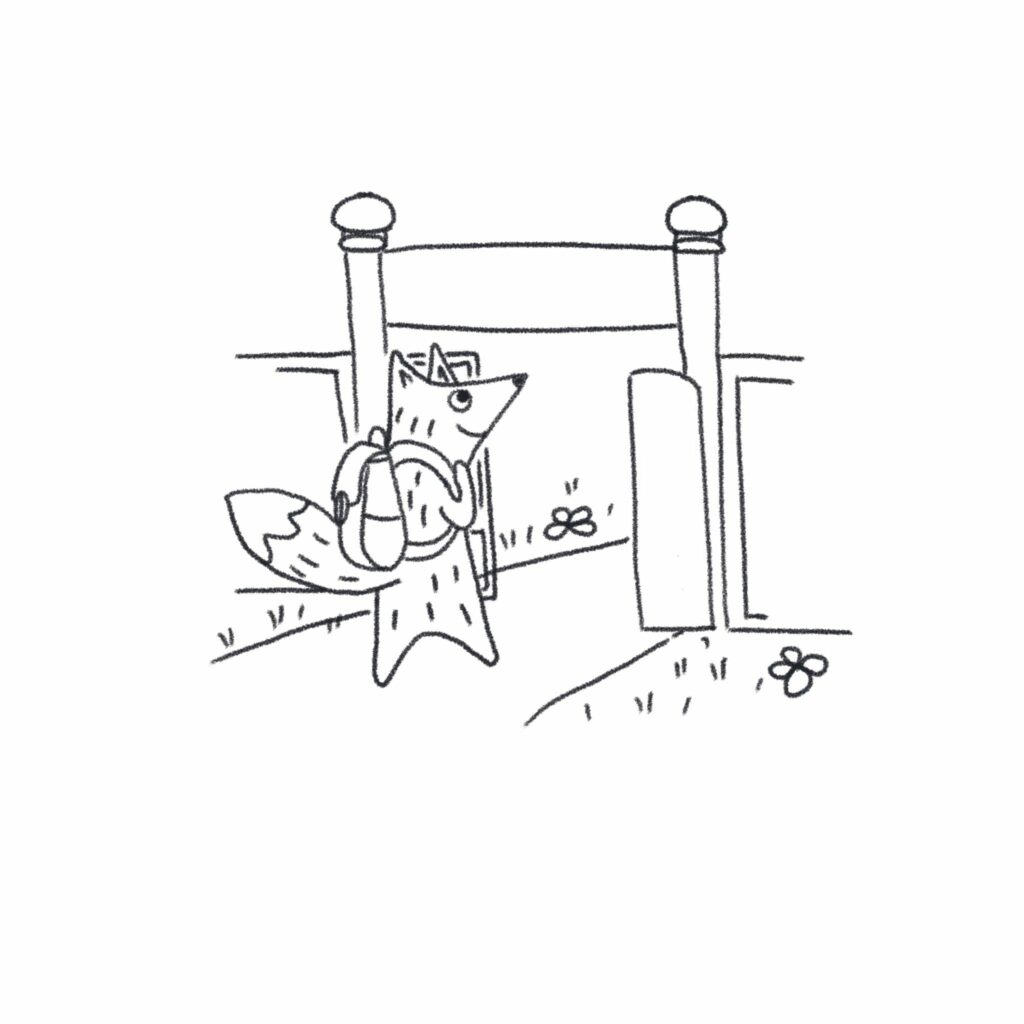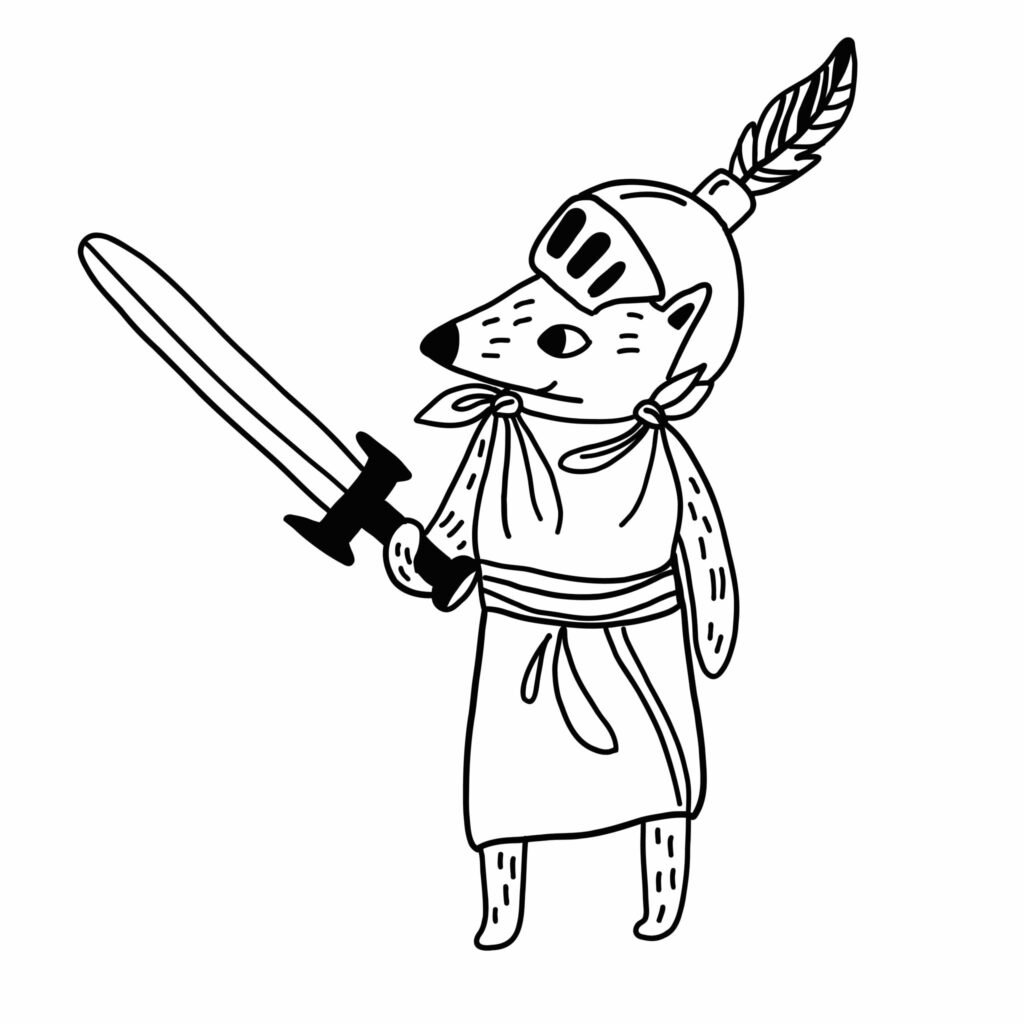Understanding that something, or someone, continues to exist even when it’s out of sight is one of the most important concepts a small baby can grasp. It’s why babies take such delight in games of peekaboo. They believe (so the theory goes), that when you cover your face you wink out of existence. They don’t know that you are still there behind your hands. The yelp as you reappear is because you weren’t expected to return.
You can see from the video below that the principle doesn’t just apply to faces:
The theory was first developed by Swiss psychologist, Jean Piaget, who believed that children didn’t develop a full understanding of object permanence until at least eight months. Subsequent studies have challenged this, with some tests showing that babies as young as three-and-a-half months express surprise when an object disappears.
In case you’re wondering how a baby expresses surprise, researchers have learnt that infants stare for longer at what are called ‘impossible events’. A ball rolling behind a screen and not appearing on the other side, for example. Whereas an expected result is not interesting, and so the child looks away sooner.
It turns out that babies use surprising events to learn, something we’ll come back to in a later post, but in the meantime you can read about it here.
Babies naturally develop a firm grasp of object permanence early on. And it’s something parents know how to help with instinctively. So it’s not something you have to teach, but if you want to have some fun with your child, you’ll find all of the following games rewarding:
- Talk to your baby or sing whenever you leave the room. Hearing your voice will help her know you are still there even when you are out of sight.
- Hide things. At meal times, use an upside-down bowl or cup to cover a rice-cake and encourage her to find it. Make toys disappear behind your back and ask your baby where they have gone. Cover objects with tea towels or playsilks and encourage them to do the big reveal.
- Play Peek-a-Boo and Where’s the Baby? Simply cover your face or theirs with your hands. Then ta-dah!
- Make your own object permanence box. Using a shoe box and a ball, or any old container they can post something into and ‘discover’ from a different angle. Here’s a nice example





